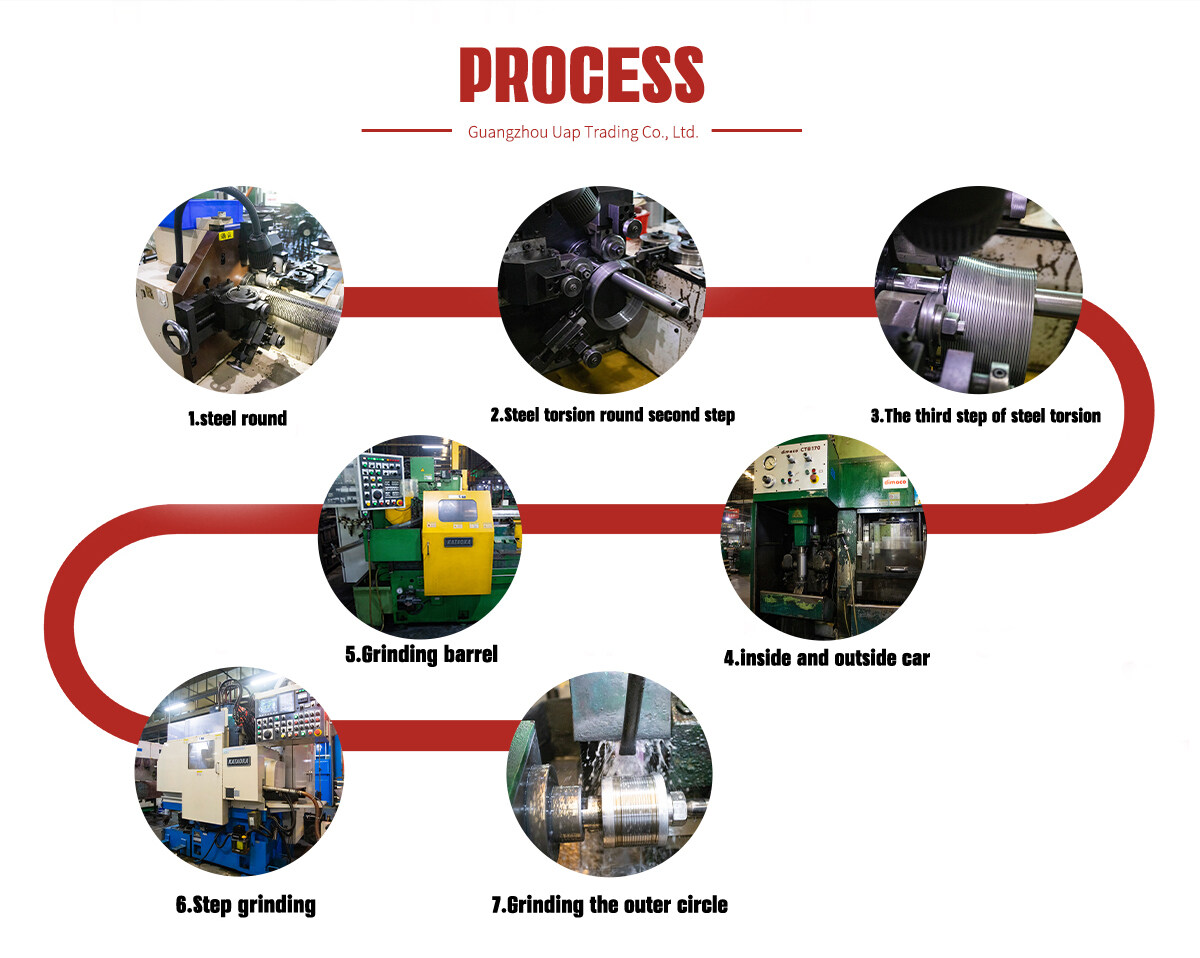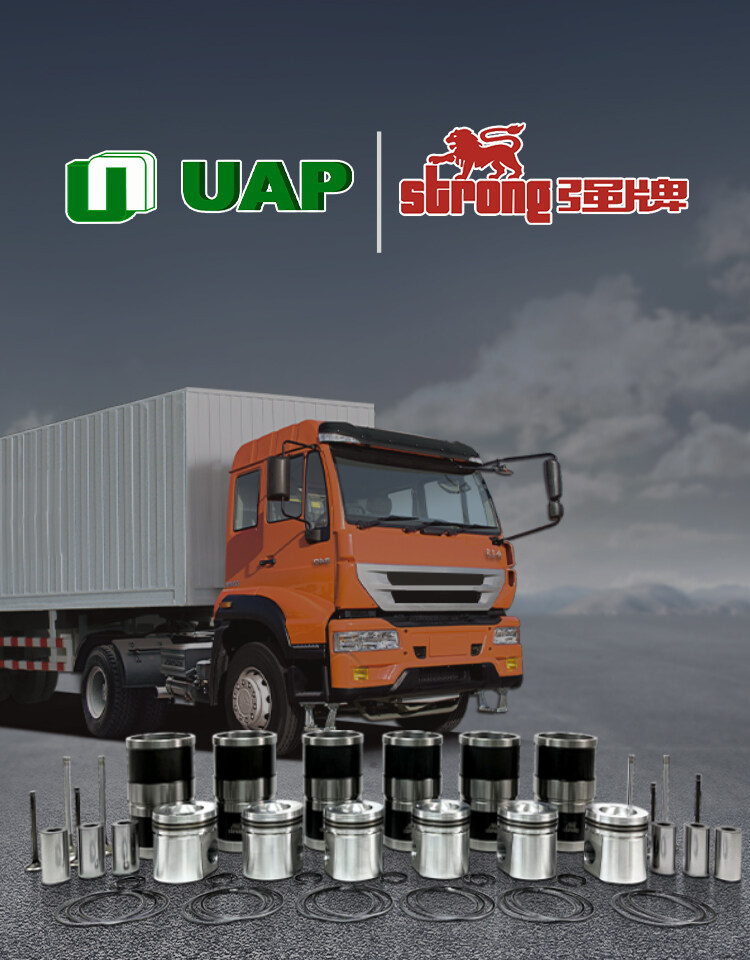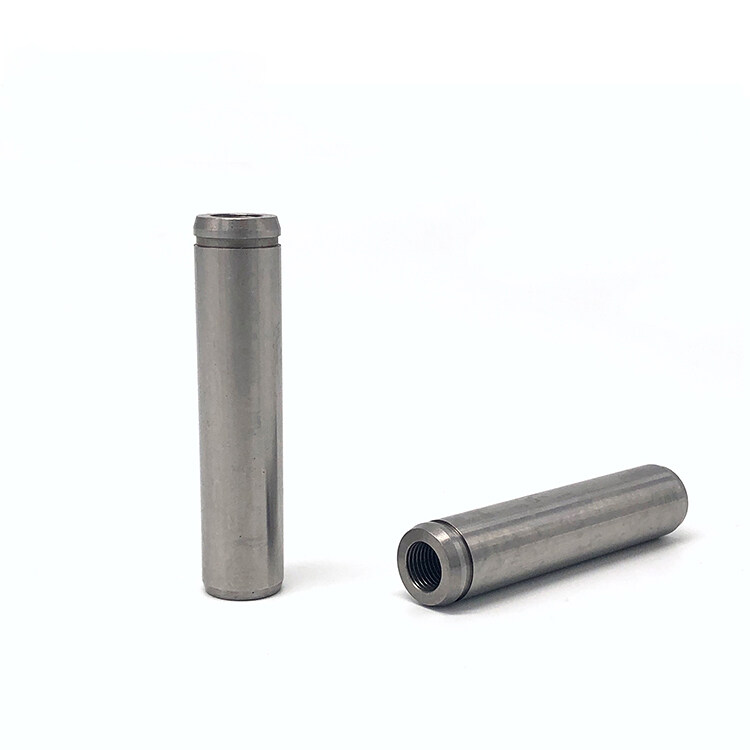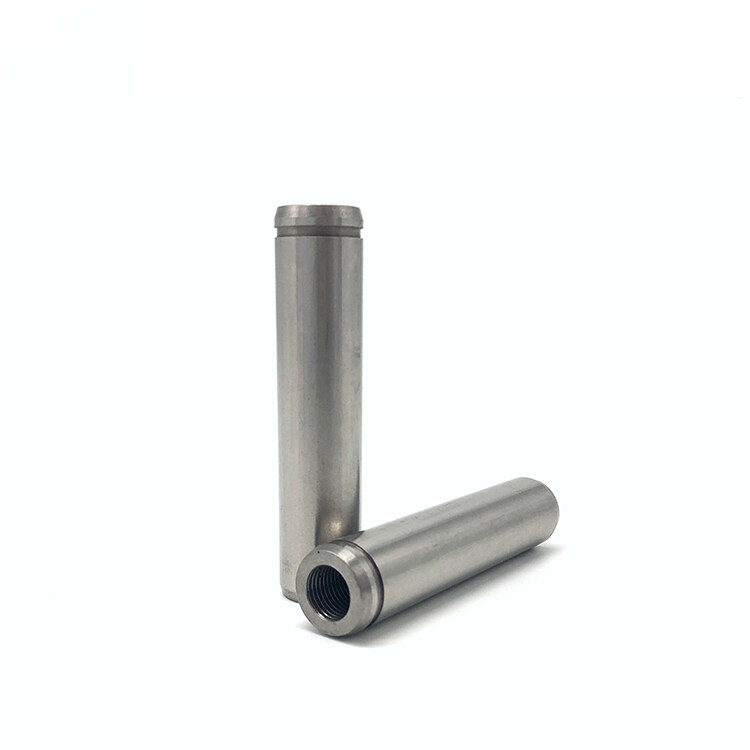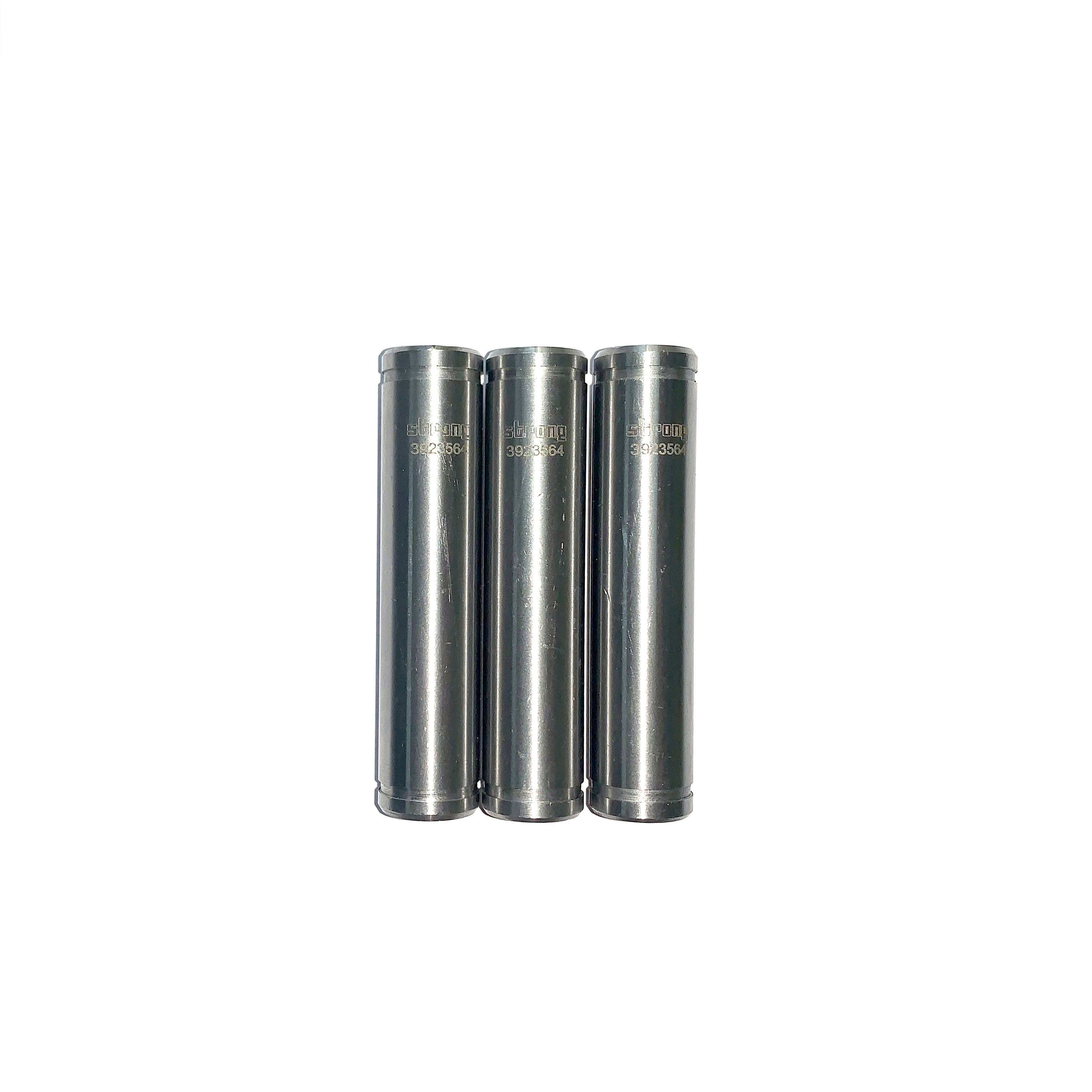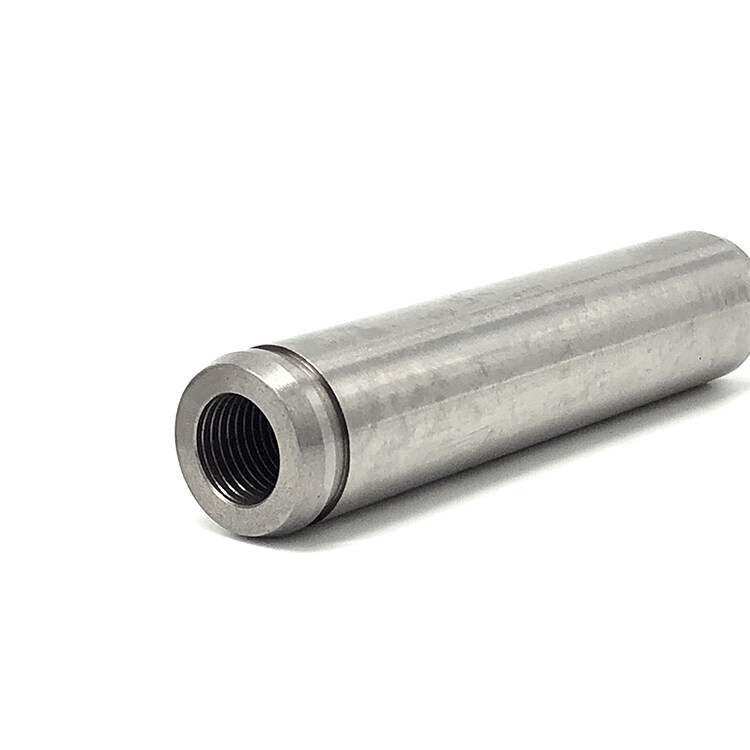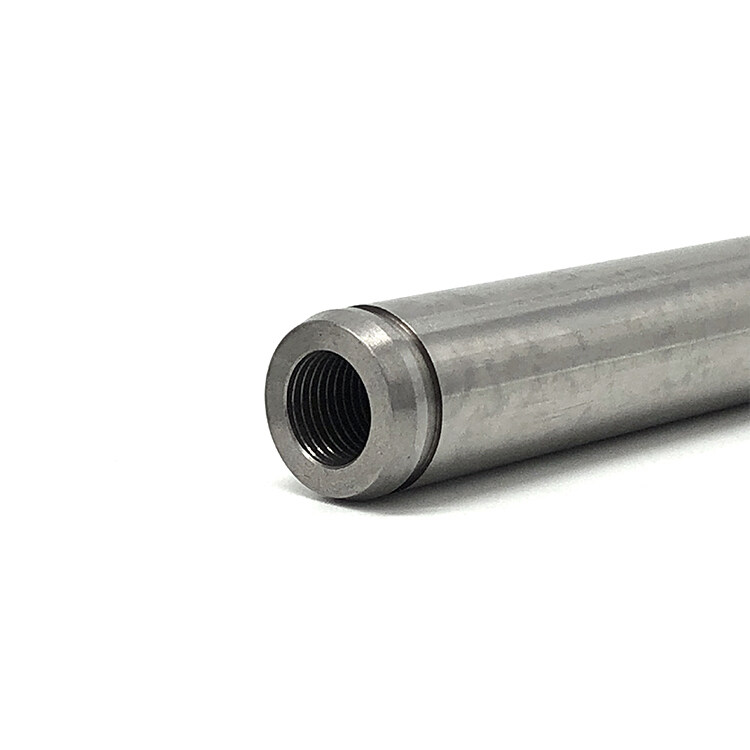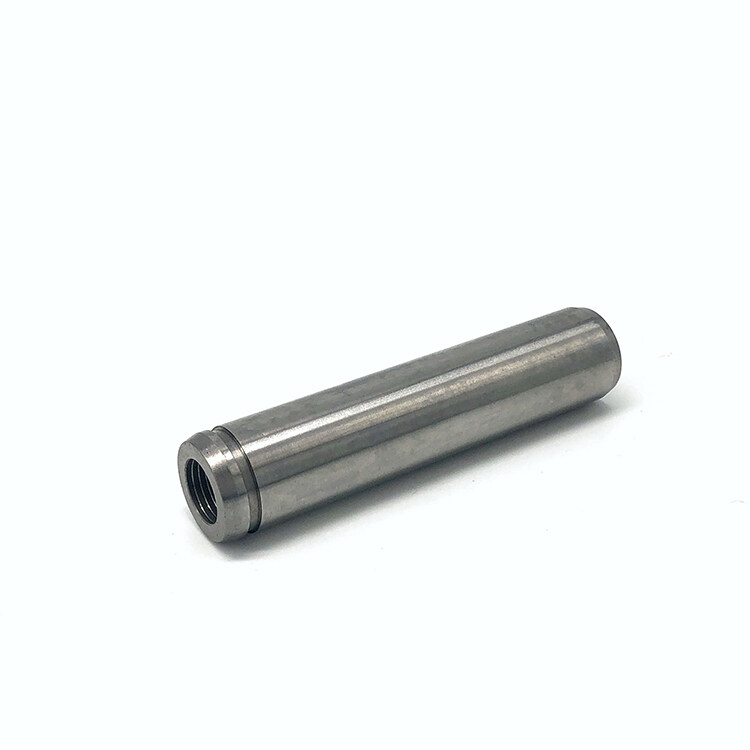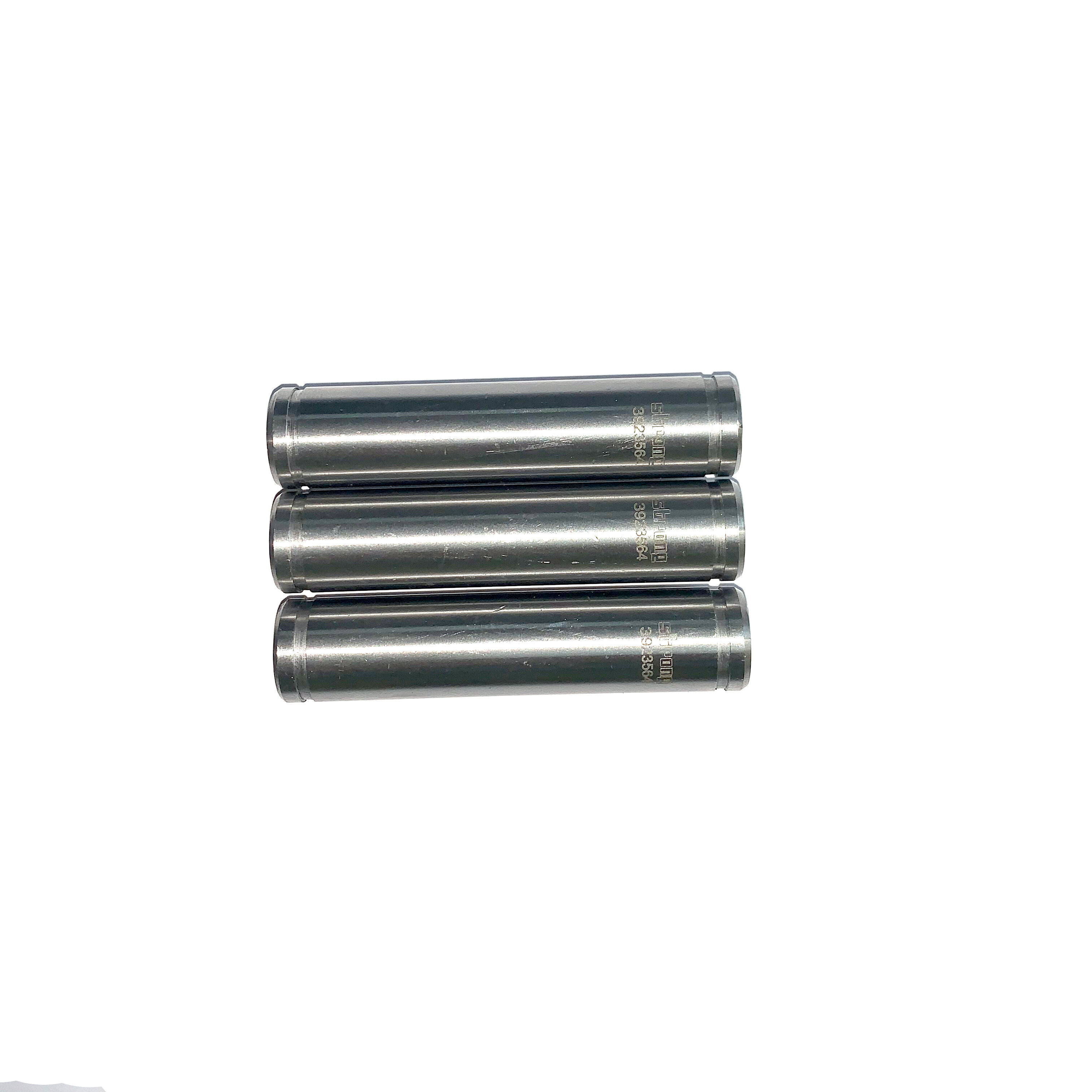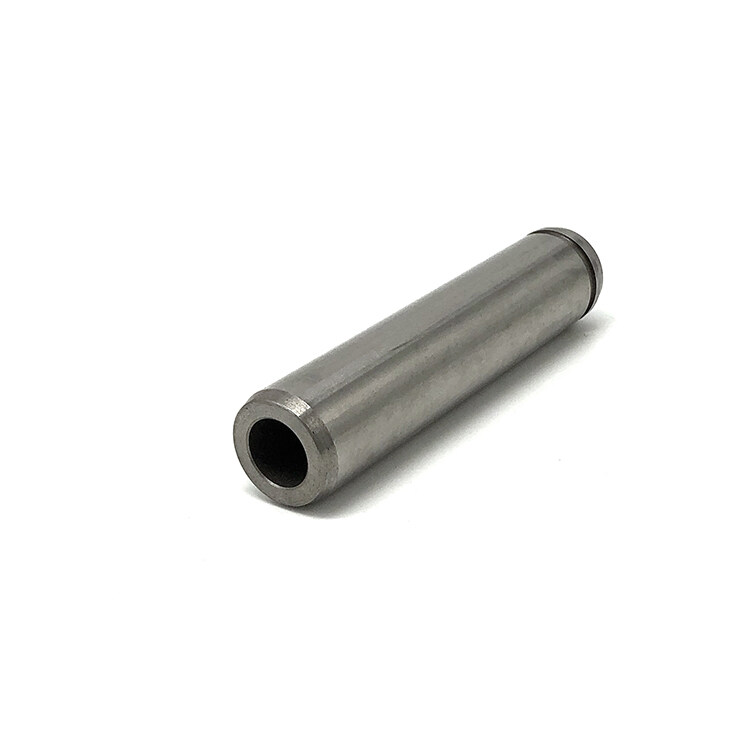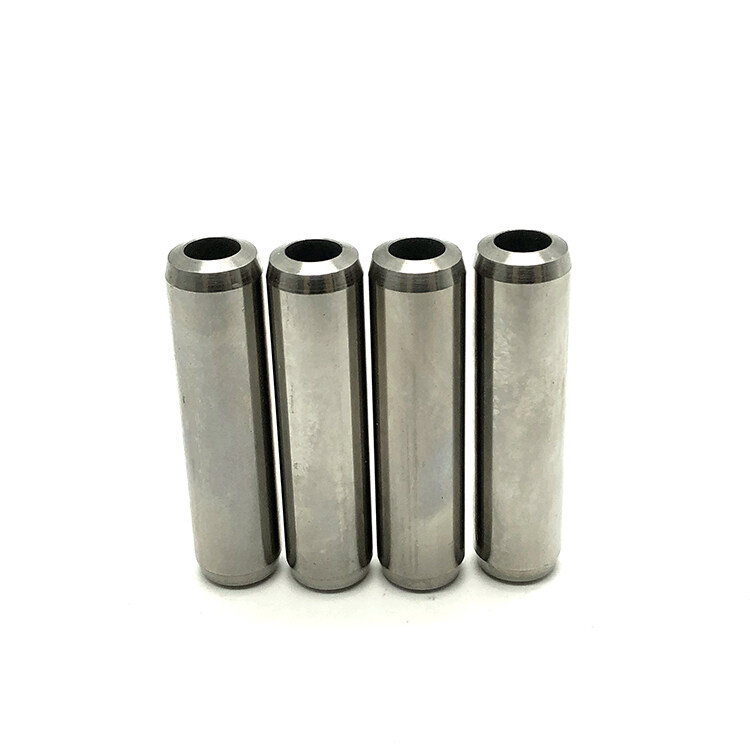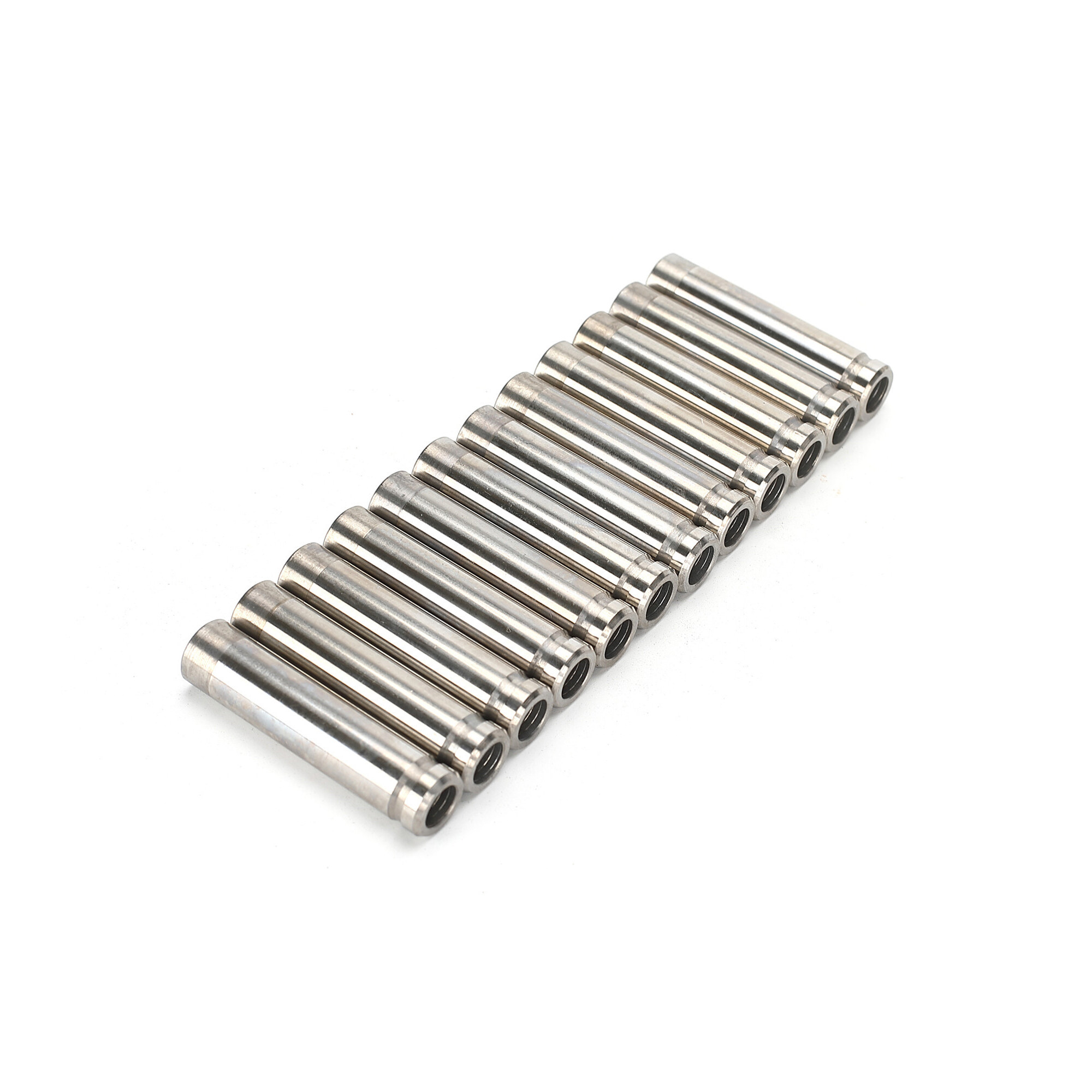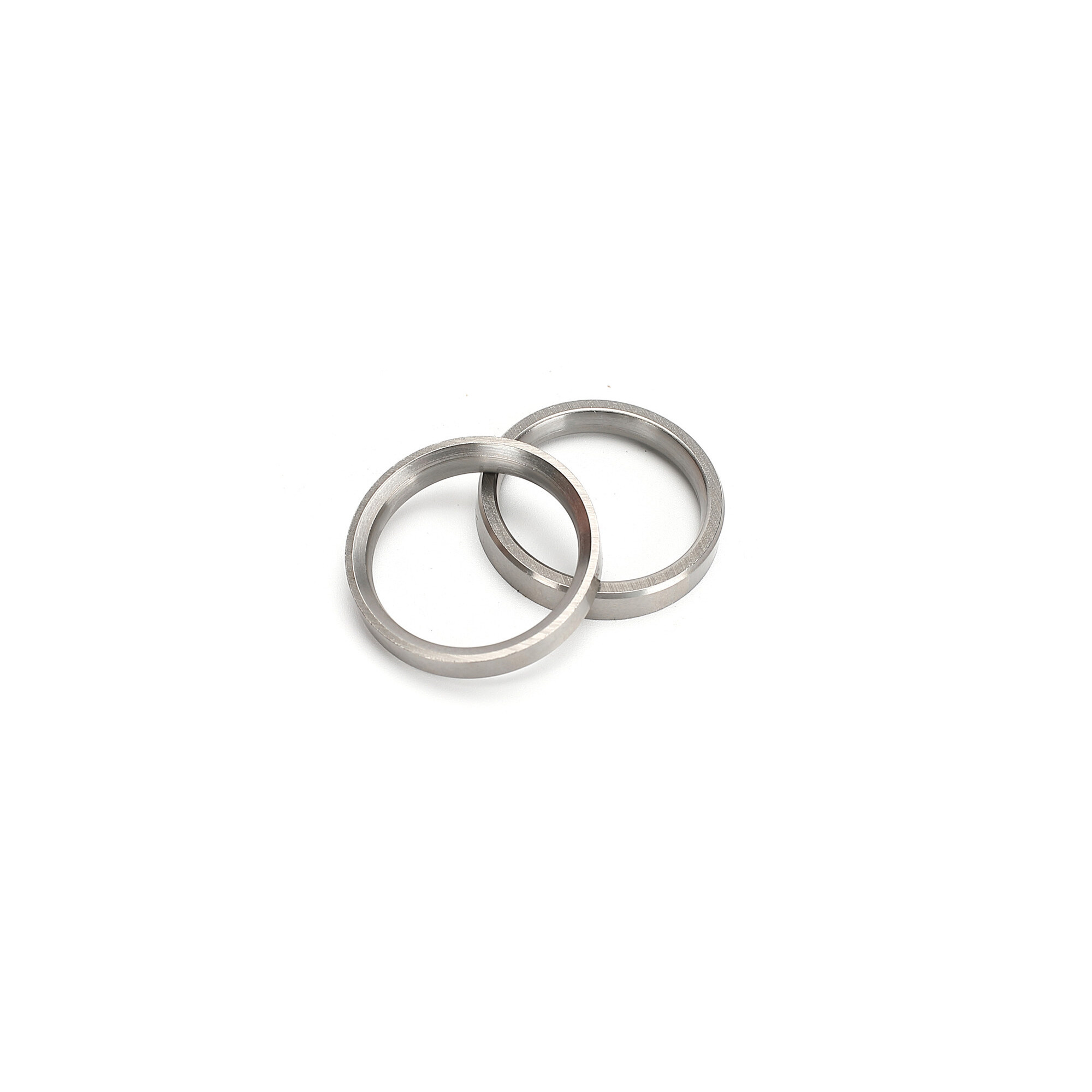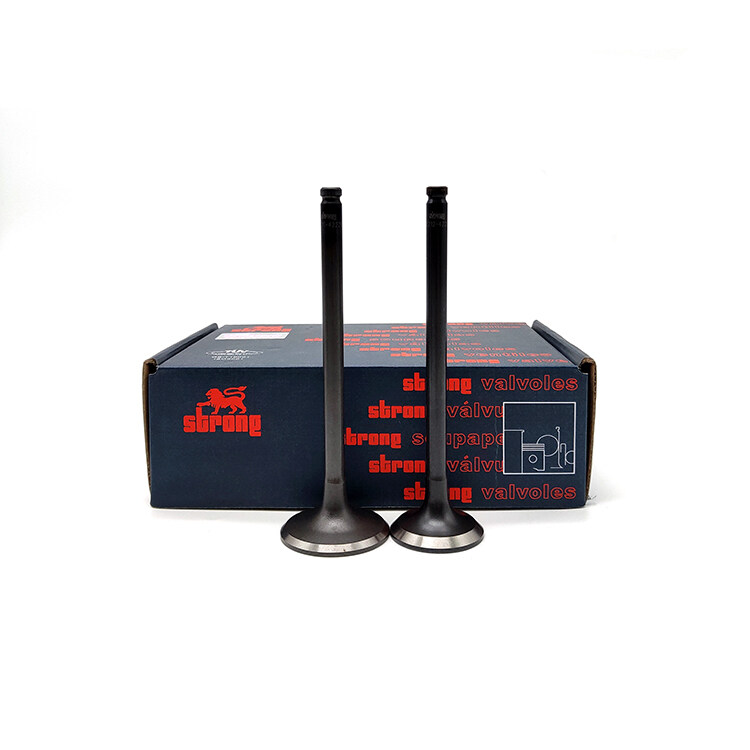Email format error
Email cannot be empty
Email already exists
6-20 characters(letters plus numbers only)
The password is inconsistent
Email format error
Email cannot be empty
Email does not exist
6-20 characters(letters plus numbers only)
The password is inconsistent

6CT Diesel Engine Valve Seat 3923564
The 6CT Diesel Engine Valve Seat is a crucial component in the 6CT engine, which is part of the Cummins B Series of diesel engines used in a wide range of applications, including commercial vehicles, industrial equipment, and marine applications.
The valve seat is an integral part of the engine's cylinder head and plays a significant role in the engine's performance. Here's an overview of the key features and functions of the 6CT Diesel Engine Valve Seat:
-
Material and Construction: Valve seats are typically made from heat-resistant materials, such as alloyed cast iron or special alloys designed to withstand the high temperatures and pressures generated during combustion. These materials are chosen for their durability and resistance to wear.
-
Sealing Function: The valve seat serves as a mating surface for the engine's intake and exhaust valves. It provides a sealing surface against which the valves close during the compression and power strokes, preventing the escape of combustion gases into the cylinder head.
-
Heat Dissipation: The valve seat helps dissipate heat generated during combustion, maintaining the appropriate temperature within the combustion chamber.
-
Guiding Function: The valve seat guides the movement of the valves, ensuring that they open and close accurately during the engine's four-stroke cycle. Proper alignment and smooth operation of the valves are critical for engine performance.
-
Wear Resistance: Valve seats are designed to resist wear and erosion, particularly in high-performance and heavy-duty applications. They are often hardened or coated to enhance their longevity.
-
Seating Surface Quality: The quality of the valve seat's seating surface is crucial for maintaining a tight seal with the valves. Even minor imperfections can lead to leaks and decreased engine efficiency.
Regular maintenance and inspection of the valve seats in a 6CT engine are essential to ensure that they remain in good condition. Over time, valve seats can wear or become damaged, which can lead to reduced engine efficiency and increased emissions. In such cases, valve seat replacement may be necessary to maintain the engine's performance and reliability.
Cummins 6CT Diesel Engine Valve Seat Product Parameter:
|
Product Name |
Engine Valve Stem Guide |
|
Application |
Diesel Engine Parts |
|
Engine Number |
6CT |
|
Size |
STD |
|
OEM Number |
3923564 |
|
Condition |
100% Brand-new |
|
Size |
Customized |
|
Payment Way |
T/T, L/C, Paypal, Western Union, UPS |
|
Car Model |
Cummins |
|
Packing |
Neutral Packing |
The valve guide is a high-quality component that is designed to withstand high temperatures and resist corrosion. This makes it incredibly strong and durable, preventing it from deforming or wearing down over time. Its round shape and smooth surface allow the valve stem to move efficiently, reducing wear and tear and ensuring that it can be used for many years.
Hold in Wearing:
Valve guides in diesel engines are subjected to constant friction and wear from the valve stem, which is why they require excellent wear resistance. To ensure that they can withstand this wear and tear, you can customize some valve guides to be made with special coatings or materials that enhance their wear resistance and extend their lifespan. (If you do not want to be treated with special coatings, you can also contact with us, and we will send you with the guides made of steel just like the picture.) These coatings or materials may include hard chrome plating, or specialized alloys that are designed to withstand high temperatures and resist corrosion. By using these materials, valve guides can maintain their shape and function over time, reducing the need for frequent maintenance or replacement.
Shapes and Sizes in High Accuracy:
Valve guides in diesel engines play a critical role in ensuring that the engine operates smoothly and efficiently. One of their key functions is to ensure that the timing of the valve opening and closing is accurate, which is essential for the engine to function properly. To achieve this level of precision, valve lifter guides are typically designed with high-precision shapes and dimensions that ensure the valve stem moves along a precise trajectory. This helps to ensure that the valve opens and closes at the right time, allowing the engine to operate at peak efficiency. The high-precision design of valve guides also helps to reduce wear and tear on the valve stem and other engine components, which can extend the lifespan of the engine and reduce the need for frequent maintenance or repairs.
Valve guides provide guidance for the up and down movement of the valve stem and are an important heat sink for the valve. At present, most motorbikes use powder metallurgical alloys and wear-resistant cast iron sintered, these materials can partially improve the thermal conductivity of the material. The material has a porous organization and is treated with a special oil penetration process, so that during operation, through valve suction and temperature expansion, oil can automatically enter the friction surface to play a lubricating role.、
When the engine stops working, due to the capillary action, the oil is sucked into the pores again, this self-lubricating performance is very good to protect the valve stem from harm, with small wear, reliable work and other characteristics (valve guide technical parameters: inner and outer concentricity ≤ 0.022 mm, hardness HB150 ~ 180).
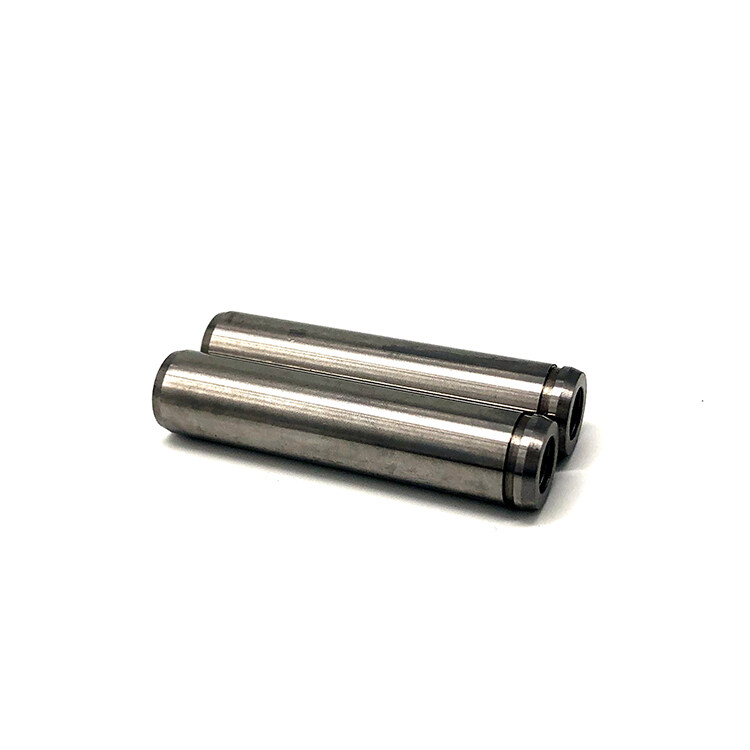
Common faults and solutions of valve guides
If oil enters the combustion chamber or exhaust tract from the gap between the valve guide and the valve stem, it will cause blue smoke from the exhaust. Because the valve and the guide wear, the gap between the two is very large, once the maintenance limit value of 0.08 mm or more, when the valve reciprocating movement will swing around, resulting in valve oil seal sealing failure.
This kind of failure is often accompanied by starting difficulties, cylinder head noise, power and other phenomena, this failure is mostly seen in the use of a long time old car. Repair, first of all, should check the cylinder head into the exhaust duct and valve head cone form.
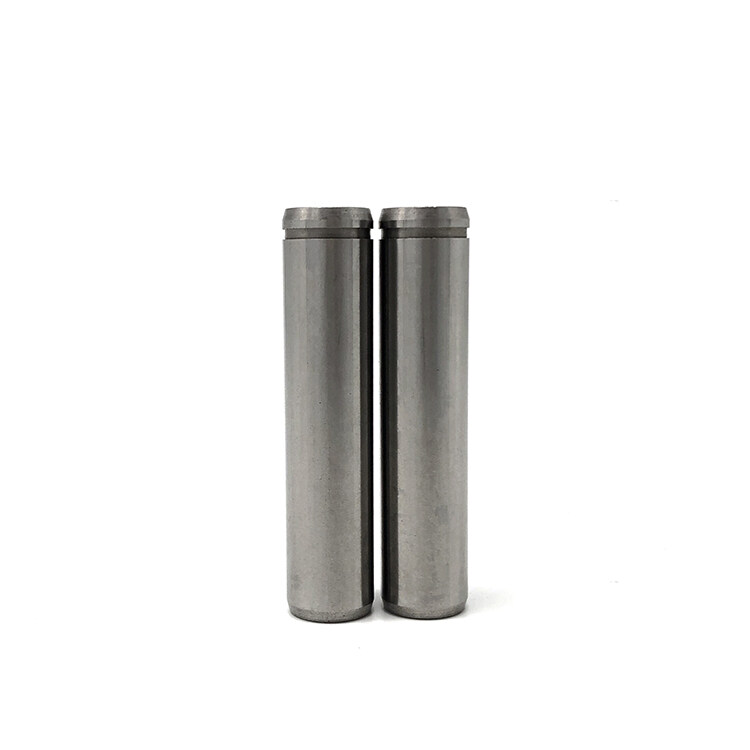
Intake channel more performance for the oil infiltration traces, check the clearance, available a standard new valve and cylinder head valve guide hole with comparison. If the valve guide hole wears too much, then need to replace the guide. For the non-flanged type tube, the installation height should be measured before disassembly.
The new tube into the cylinder head should ensure that the height of the upper part of the tube size and the old tube are basically the same. To replace the cylinder head with a valve guide, the valves and valve seats need to be reground.
The valve guide and cylinder head hole interference with the assembly, if the amount of interference is not enough, or for other reasons caused by the valve guide loose, the oil will be from the cylinder head around the gap leakage into the exhaust, or be sucked into the combustion chamber.
Specific performance: intake valve duct loose, the intake tract has oil infiltration traces, cold start with blue smoke discharge, and piston ring failure appear oil burning failure is very similar; exhaust valve duct loose, cold start without blue smoke discharge, exhaust dripping oil out of the tail, in the hot car state, especially when the low gear heavy load, there is obvious blue smoke discharge (in continuous ramp driving can be detected). At the same time, the high temperature exhaust will escape into the crankcase, causing the oil temperature in the crankcase to rise sharply and the engine to overheat and other symptoms.
